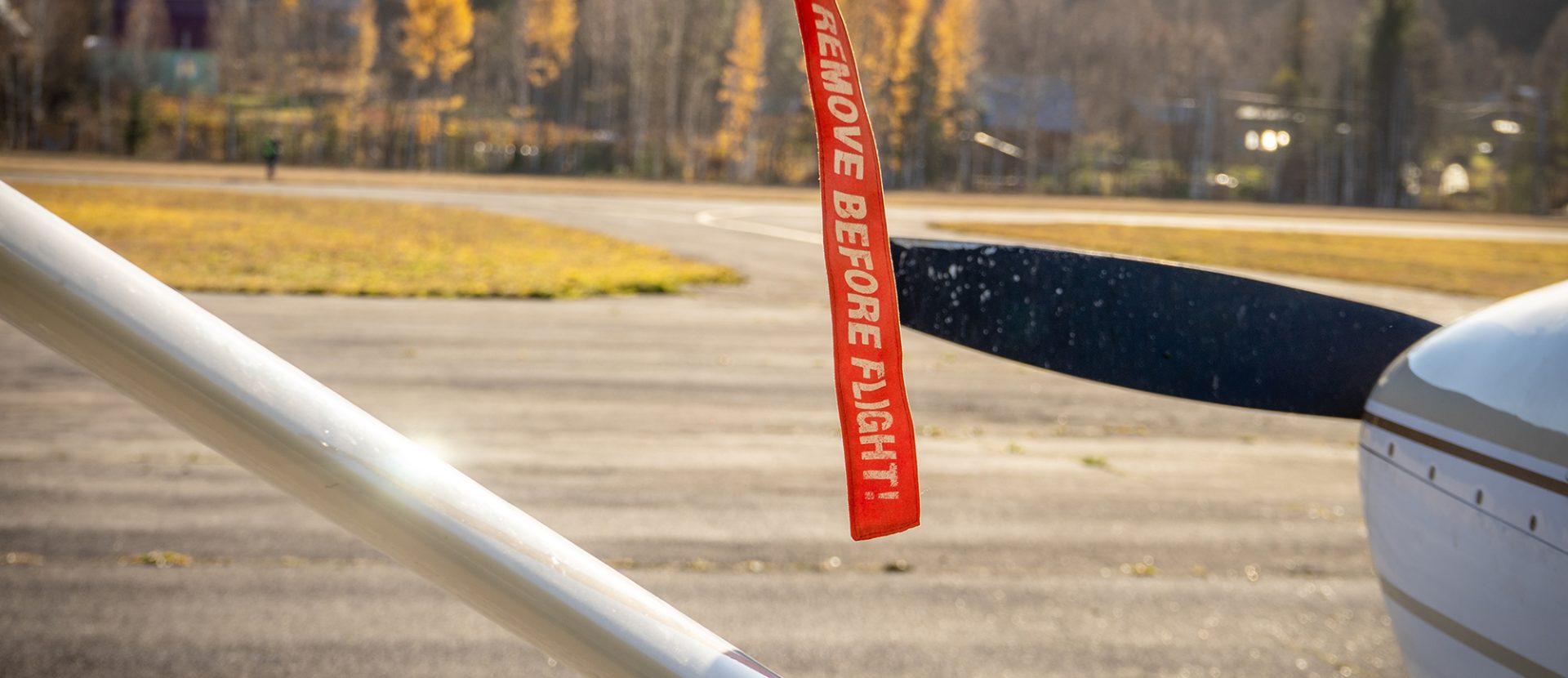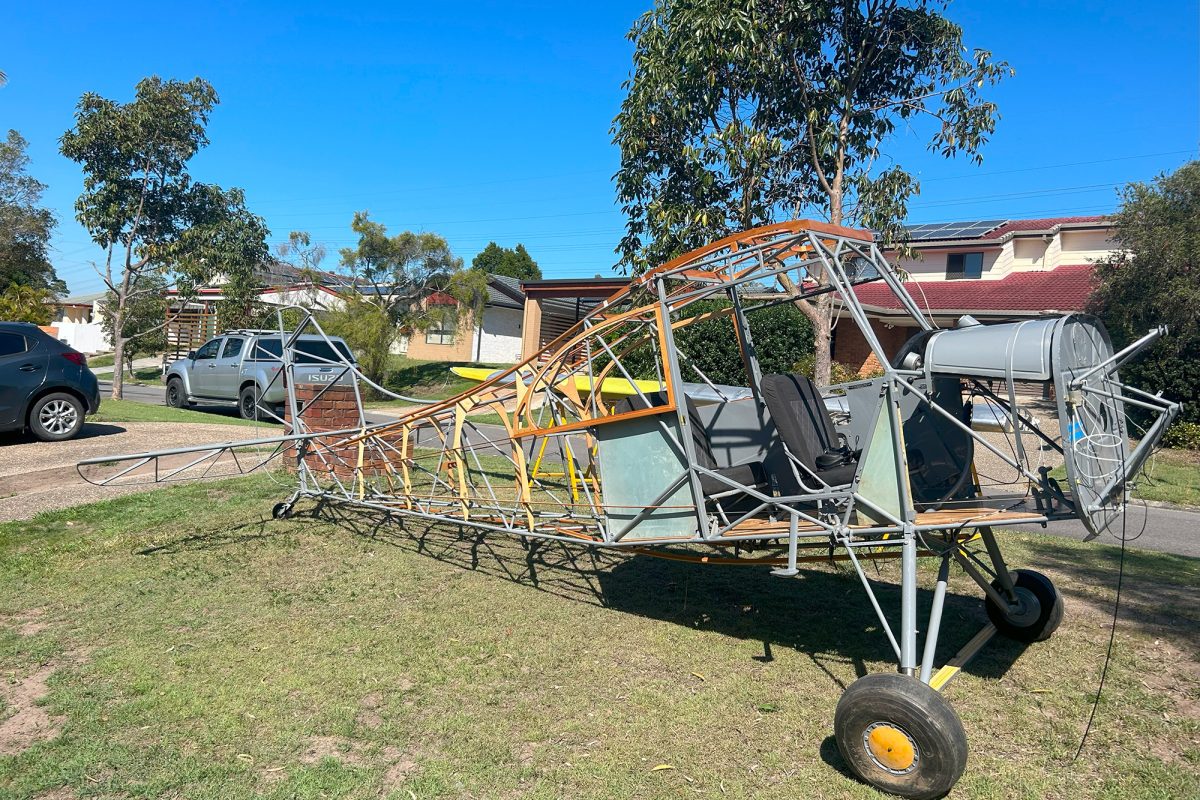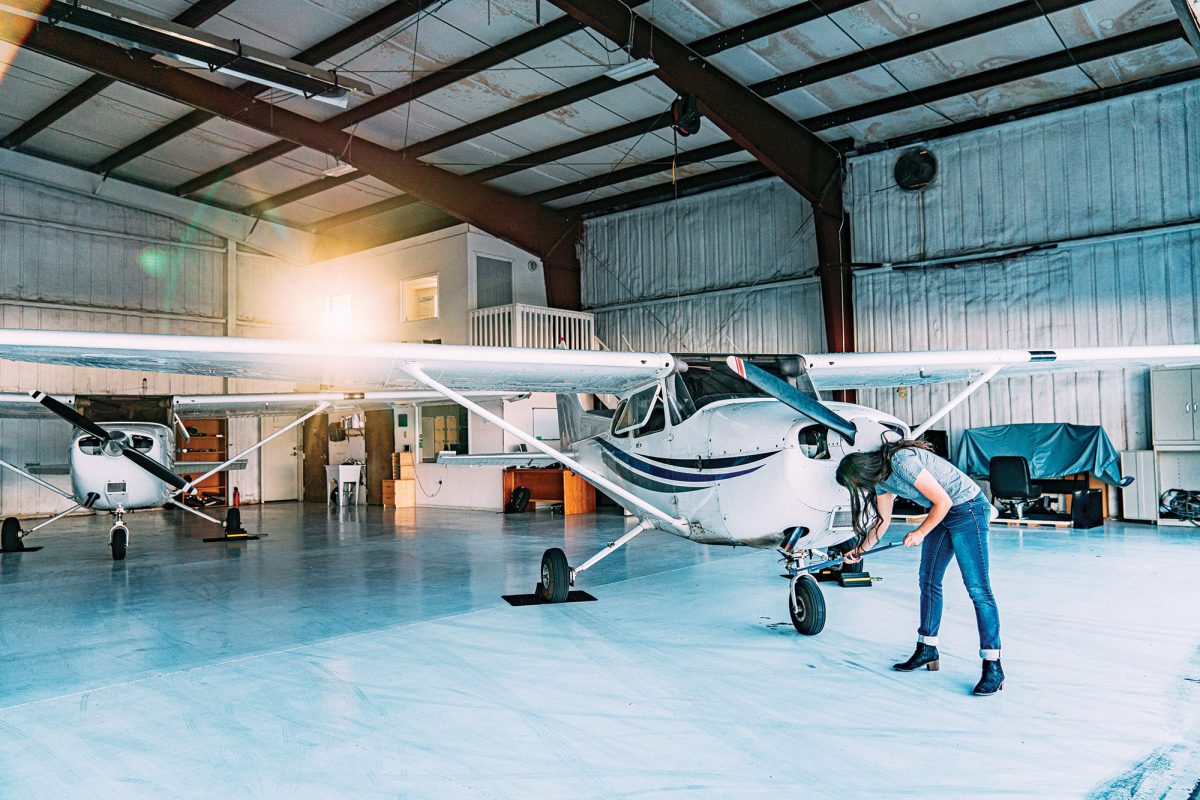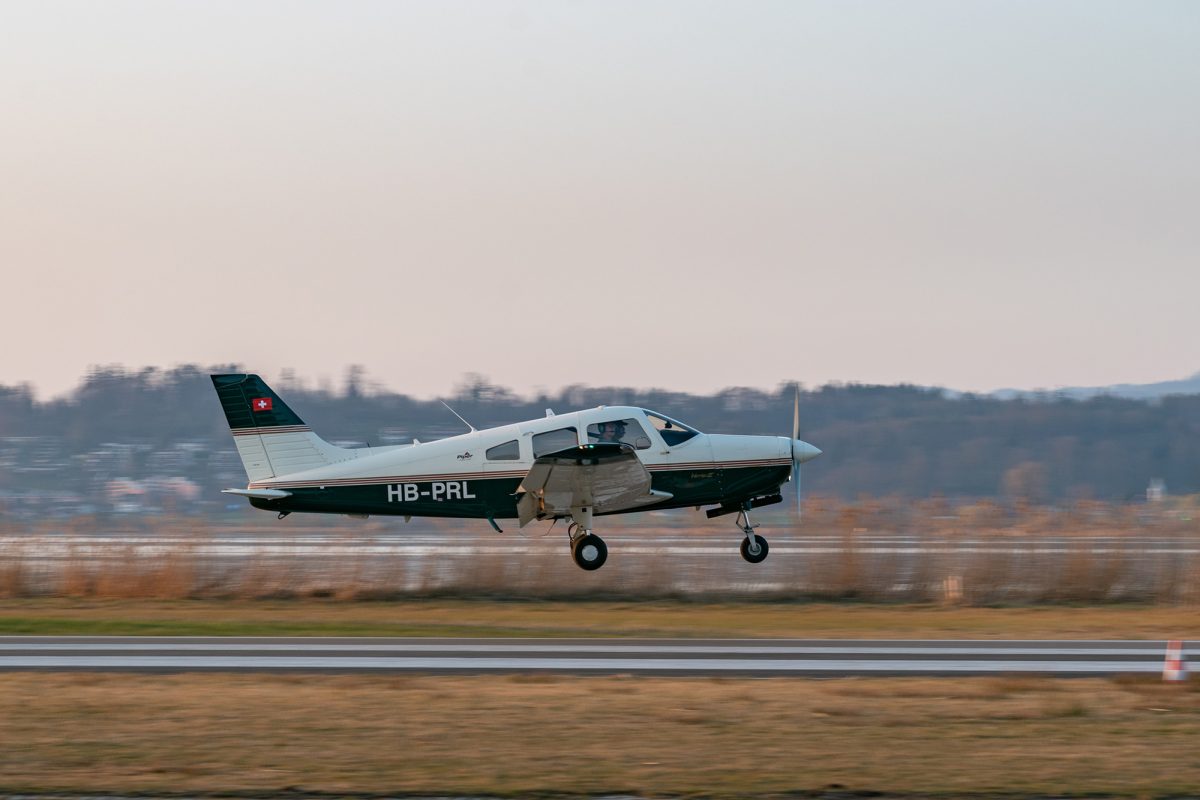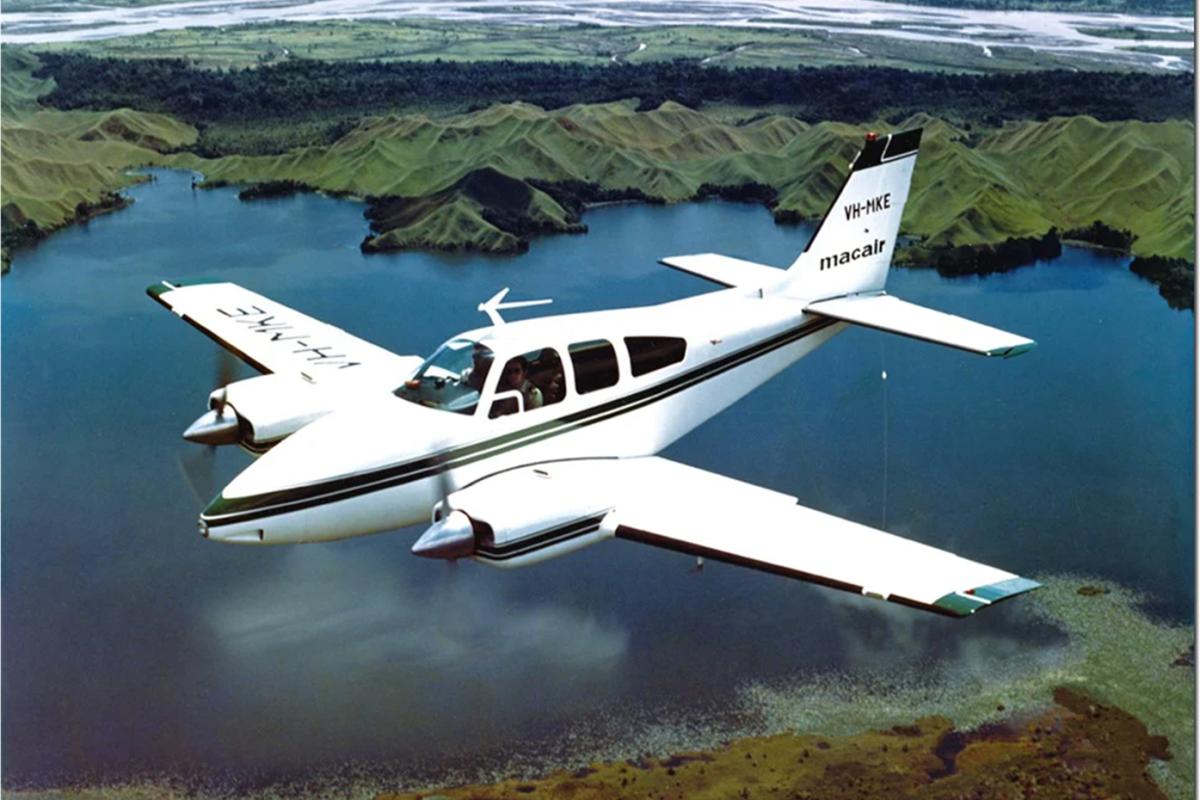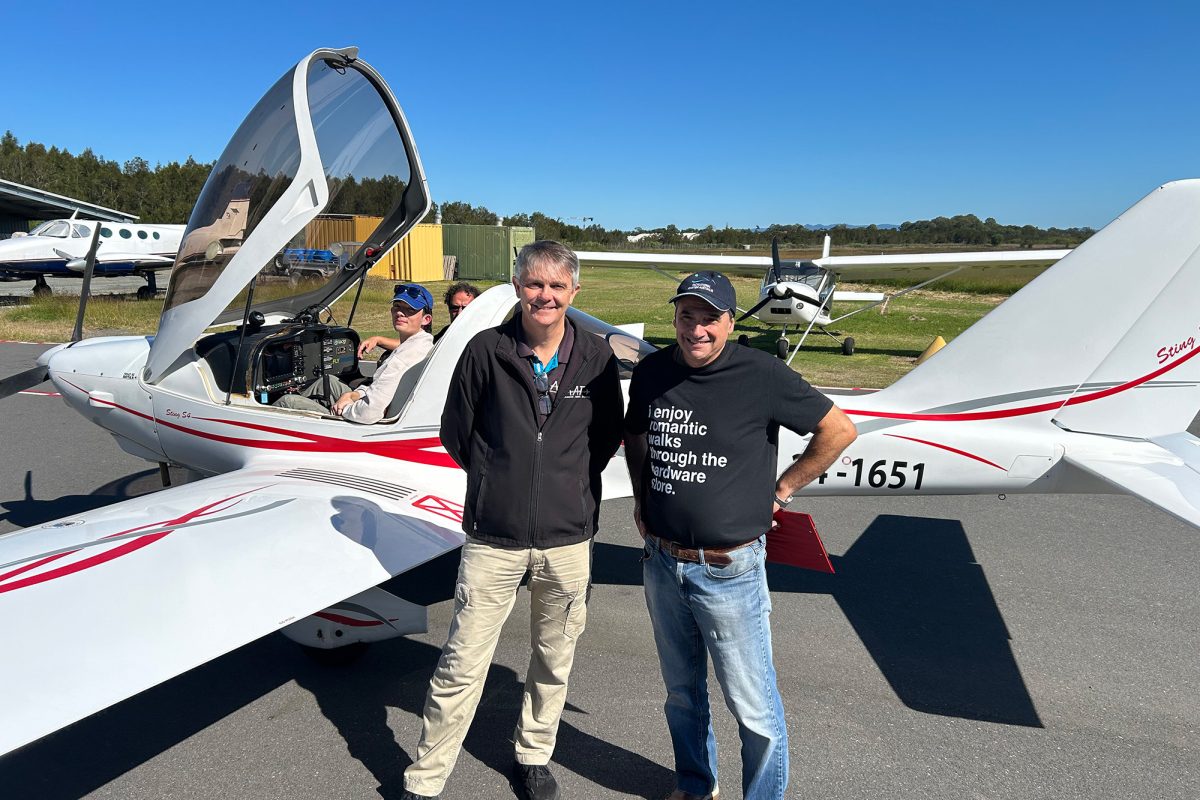While airspeed is of paramount importance, understanding the difference between True Airspeed (TAS), Indicated Airspeed (IAS), and Ground Speed is crucial for every pilot, whether you’re a beginner or an old hand at the controls. These three airspeeds are not only your guide to the skies but also your ticket to ensuring a smooth, safe, and efficient flight.
Airspeed 101: What Your Flight Instruments Aren’t Telling You
Airspeed is one of the most fundamental metrics in aviation — something experienced aviators monitor instinctively throughout every flight. It’s not just a number on a dial; it’s a real-time indicator of how the aircraft is performing and responding to the environment – one of the aircraft’s vital signs. At its core, airspeed dictates lift, climb rate, and overall control authority. Fly too slowly, and you risk a stall; push the limits, and you could compromise the structural integrity of the aircraft. For seasoned pilots, it’s also about knowing the subtle differences between indicated, true, and ground speed — and how these shift with altitude and atmospheric changes. In turbulence, airspeed becomes your anchor, helping you protect the airframe and stay within safe operating margins. From take-off to touchdown, it’s the constant companion guiding every decision, helping you fly safely and efficiently. Without it, even the best-planned flight would be a risky gamble.

Breaking Down the Basics: IAS, TAS, and Ground Speed
If you’ve spent any significant amount of time in the cockpit, you’re no stranger to the airspeed indicator. But that number glaring back at you often isn’t as simple as it seems. While Indicated Airspeed (IAS) is the speed you’ll see on the dial, the other two speeds — True Airspeed (TAS) and Ground Speed — also play critical roles in how your aircraft behaves and performs.
Your traditional airspeed indicator – dial type – has a number of useful markings on it. The green area is your happy place. It represents the normal operating range, extending from the clean (no flaps) stall speed (Vs1) up to the maximum structural cruising speed (Vno). Within this range, manoeuvres can be conducted safely under normal conditions. Beyond Vno, the yellow cautionary arc indicates speeds where operations should only be conducted in smooth air, with manoeuvres performed with caution. It’s important to note that the design manoeuvring speed (Va) is not fixed and varies depending on the aircraft’s weight. Then you find the red line. VNE or Velocity Never Exceed – the point at which you may damage the airframe. The white segment which extends alongside the green represents the speed at which it is safe to deploy flaps.
Indicated Airspeed (IAS)
Indicated Airspeed is where the needle points on your airspeed indicator. It measures the difference between the static pressure (the air pressure surrounding your aircraft) and the dynamic pressure (the pressure created by the aircraft’s movement). This difference is then translated into a speed reading.
For most pilots, IAS is the primary reference for day-today operations. It’s what you use to ensure you’re flying within safe operating limits, such as the stall speed, best rate of climb, and manoeuvring speeds. Simply put, IAS is the number you rely on to maintain control of your aircraft and to avoid critical situations like stalls or excessive speeds.
However, it’s important to remember that IAS doesn’t factor in variables like altitude or air density, meaning it doesn’t represent the actual speed of your aircraft relative to the air through which you’re flying. When we take off from an airport, we set the local pressure to reflect local conditions. As soon as we start to climb, that pressure will change. This is why two pilots flying at different altitudes can be flying at the same IAS and still be moving at different true speeds. To fully grasp your aircraft’s performance, you need to understand the relationship between IAS and the other airspeed measurements.
True Airspeed (TAS)
This is where things get more interesting. True Airspeed is the actual speed of the aircraft relative to the air mass through which it’s flying. Unlike IAS, which is based purely on pressure measurements, TAS takes altitude, air density, and temperature into account, providing a far more accurate measure of the aircraft’s performance.
TAS becomes increasingly important at higher altitudes, where the air thins out and the aircraft’s true speed through the air increases. At lower altitudes, the denser air means you’re generating more drag, so your TAS will be relatively close to your IAS. However, as you climb, the air density decreases, reducing drag, which means the aircraft needs to travel faster through the thinner air to maintain the same IAS. This results in a higher TAS at altitude, even though your IAS remains constant.

For example, at 5,000 feet, your IAS might be 100 knots, but your TAS could be around 110 knots. At 20,000 feet, the same IAS might correspond to a TAS of 140 knots. The rule of thumb is 2% increase in airspeed for every thousand feet. Understanding TAS is crucial for managing your aircraft’s fuel efficiency, climb performance, and overall flight planning, especially when flying at higher altitudes where changes in air density can significantly affect your aircraft’s capabilities.
Ground Speed
Now, let’s add another layer of complexity. Ground Speed is the speed at which your aircraft is moving relative to the ground beneath it using GPS systems or manual calculation. Unlike IAS and TAS, which are concerned with the aircraft’s movement through the air, Ground Speed is affected by wind direction and speed. A tailwind will increase your Ground Speed, while a headwind will decrease it. Crosswinds don’t directly impact your Ground Speed, but they can affect your flight path as a vector.
Understanding Ground Speed is essential for flight planning, navigation, and time management. While you may be cruising at a high TAS, your actual progress across the ground could be slower if you’re flying into a strong headwind. For example, if your aircraft’s TAS is 150 knots and you’re facing a headwind of 30 knots, your Ground Speed will only be 120 knots. This is an important factor to consider when calculating flight time and estimating your arrival. In an age of GPS, digital flight instruments, and flight management software, calculating your ground speed is not the chore it once was.
So Why Does TAS Increase with Altitude?
One of the most important concepts to grasp when it comes to airspeed is how TAS increases with altitude. This is a phenomenon that can be tricky for pilots, especially when they’re transitioning from lower to higher altitudes.
The pressure outside the aircraft is reduced as you climb. The airspeed indicator, based on a pitot tube, literally uses air pressure to measure your speed. Thus, as you climb, it will underestimate your speed as pressure drops. For instance, using our rule of thumb, if you’re flying at 10,000 feet with an IAS of 100 knots, your TAS might be 120 knots. If you climb to 20,000 feet and keep the same IAS, your TAS might increase to 140 knots. This is critical to understand because aircraft performance, including fuel consumption, engine efficiency, and stall speed, is directly linked to TAS. Failing to account for changes in TAS as you climb can lead to overestimating your aircraft’s performance and put you at risk.
Can You Exceed VNE in True Airspeed?
Here’s a critical point for experienced pilots to remember: while VNE (“Velocity Never Exceed” or Never Exceed Speed) is typically defined in terms of IAS, you can exceed this speed in terms of TAS, provided you stay below VNE on the instrument. This is particularly meaningful at higher altitudes, where the TAS increases due to reduced air density. For example, you might be cruising at 10,000 feet with an IAS of 130 knots, which is within your aircraft’s safe operating limits. However, at that altitude, your TAS could be 150 knots — potentially exceeding your aircraft’s VNE. Just for the record, VNE is calculated as 10% below the demonstrated speed of the aircraft.
The Power of Airspeed Knowledge
Understanding the differences between IAS, TAS, and Ground Speed is not just a matter of memorising numbers — it’s key to mastering the art of flight. These airspeeds are all intertwined, each one affecting the other in ways that can significantly impact your flight performance. By honing your awareness of these speeds, you’ll be better equipped to optimise your flight planning, handle unexpected changes in weather, and fly with greater efficiency and safety.
As you continue to gain experience in the cockpit, keep these airspeeds in mind, and always remember that what you see on the airspeed indicator is just one piece of the puzzle. Knowing how to interpret and manage IAS, TAS, and Ground Speed will elevate your flying, helping you navigate the skies with confidence and precision. With the right knowledge, you can ensure that every flight is not just about getting from point A to point B—but about getting there safely, efficiently, and with the mastery that comes from truly understanding the forces at play.
